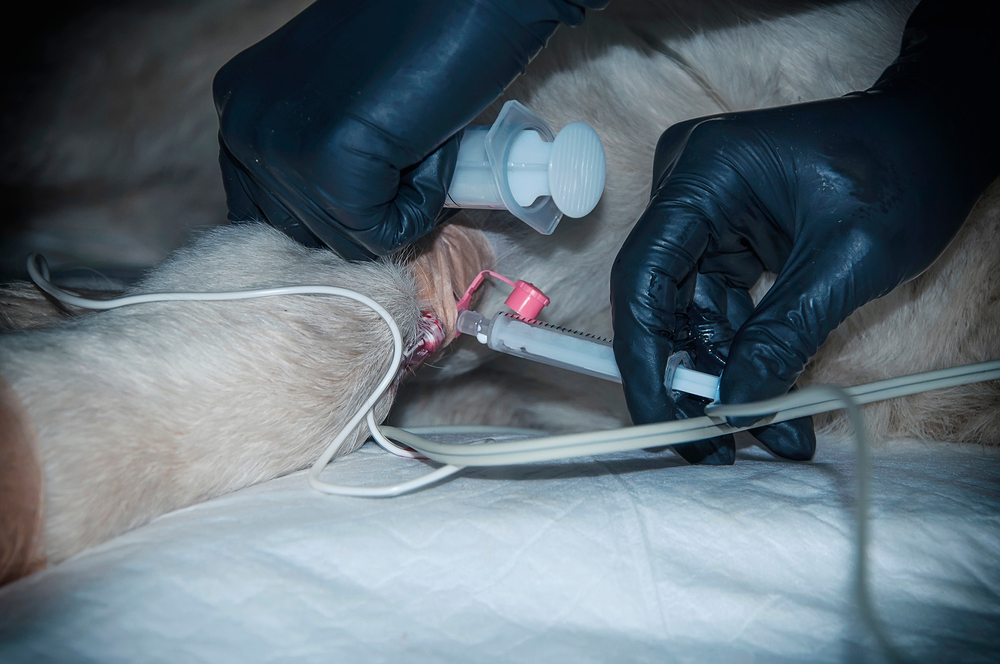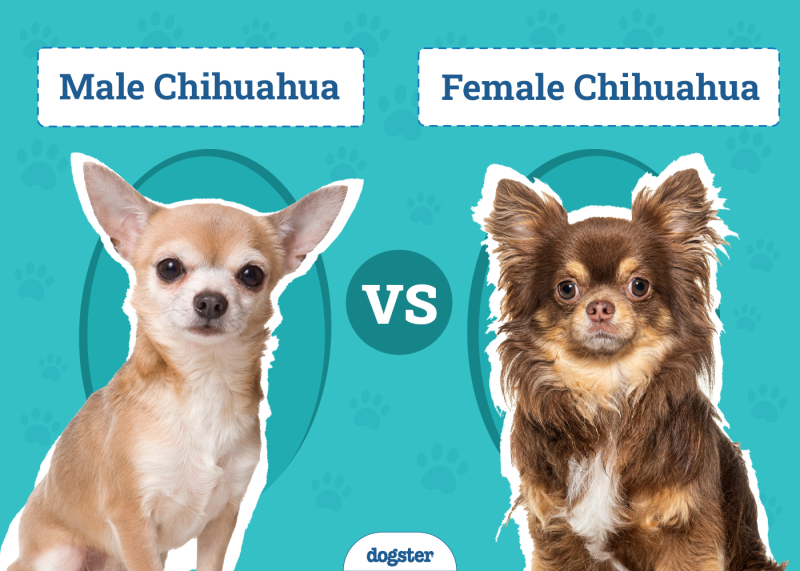In this article
View 2 More +Derived from the Greek words “eu” meaning good and “thanatos” meaning death, euthanasia is the act of humanely and painlessly ending life to relieve suffering. The decision to euthanize a beloved pet is often challenging, raising a multitude of emotions, including anxiety and fear. A concern of some owners is that their dog will wake up after euthanasia. However, if the procedure is performed correctly, this cannot happen.
This article will address the concern of a dog waking up after euthanasia by explaining the euthanasia process, how the medication used for euthanasia works, and why a dog cannot wake up after being euthanized.

Understanding Euthanasia
Euthanasia typically involves an injection of a solution that has the ability to induce a loss of consciousness and death without causing the pet any pain or distress. Most euthanasia solutions contain pentobarbital, a barbiturate anesthetic, either alone, or in combination with complementary agents such as phenytoin.
Pentobarbital was originally used in low doses as a sedative and anesthetic. Today, the medication is most commonly used for the euthanasia of cats and dogs. When given at high doses for euthanasia, pentobarbital causes unconsciousness, followed by respiratory and cardiac arrest, meaning that the animal stops breathing and its heart stops beating. The process is peaceful and painless and usually occurs within a minute or two, although it may take longer if a dog is dehydrated or has poor circulation as the drug takes longer to distribute throughout the body.

Can a Dog Wake Up After Euthanasia?
No, a dog cannot wake up after being euthanized. Veterinarians take great care to ensure that the euthanasia procedure is effective. The dose of pentobarbital used for euthanasia is far beyond the amount needed to ensure death, making it impossible for the dog to regain consciousness.
After euthanasia, veterinarians confirm that the dog has passed away by listening to the chest with a stethoscope to ensure that breathing has stopped and that the heart is no longer beating. They also firmly pinch the dog’s toes and touch the clear surface of the eye known as the cornea, to be sure there is no movement or blink response. These checks ensure that the dog is no longer alive.
If you have any other questions or concerns regarding the process of euthanasia, please speak to a veterinarian. Knowing in advance what to expect often makes the process less stressful.
Did you know you can speak to a veterinarian without having to travel? Just head over to PangoVet. It's our online service where you can talk to a vet online and get the advice you need for your pet — all at an affordable price!
Post-Mortem Muscle Twitching
In the minutes following death, the dog may experience muscle twitching. Although it’s unsettling to watch, it doesn’t mean that the dog is still alive. These involuntary muscle twitches are caused by the release of chemicals stored in nerve endings. They do not indicate that the dog is alive or conscious; rather, they are a normal part of the body’s response to death.

Conclusion
The decision to say goodbye to a beloved dog is often accompanied by many fears. One such fear among owners is that their dog might wake up after euthanasia. While this concern is understandable, it is unfounded.
Veterinarians take great care to ensure that euthanasia is both painless and irreversible. The high dose of pentobarbital given is far above the threshold needed to ensure death. Once the drug is injected, it leads to a rapid and complete cessation of vital functions, making it impossible for the dog to regain consciousness. Veterinarians also perform careful checks to confirm that the dog has passed away. While muscle twitching may occur in the minutes following euthanasia, it is not a sign that the dog is regaining consciousness.
See Also:
Featured Image Credit: fukume, Shutterstock


















